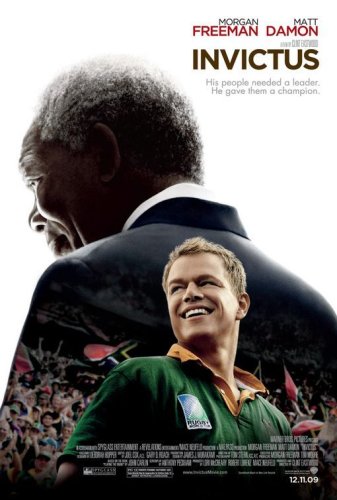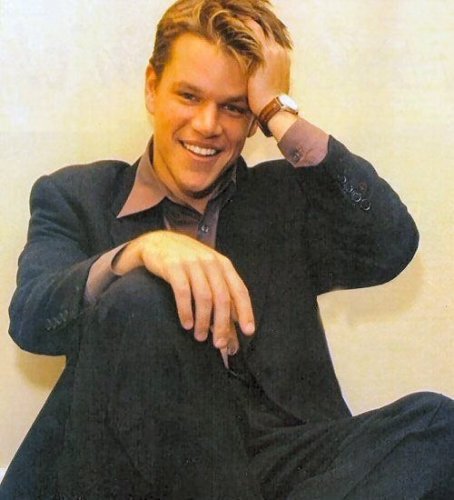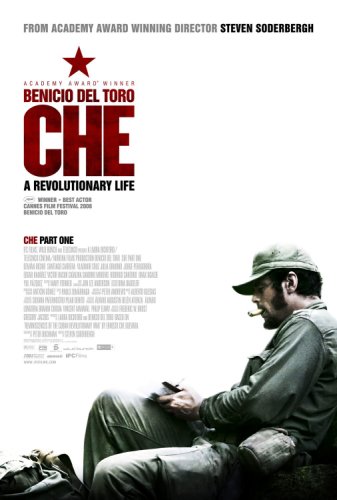| Fecha | Área | Bruto |
|---|---|---|
| 21 March 2010 | USA | USD 37,479,778 |
| 7 March 2010 | USA | USD 37,311,423 |
| 28 February 2010 | USA | USD 37,112,959 |
| 21 February 2010 | USA | USD 36,920,118 |
| 7 February 2010 | USA | USD 36,546,682 |
| 31 January 2010 | USA | USD 36,215,979 |
| 24 January 2010 | USA | USD 35,805,147 |
| 17 January 2010 | USA | USD 35,161,677 |
| 10 January 2010 | USA | USD 33,506,889 |
| 3 January 2010 | USA | USD 30,586,445 |
| 27 December 2009 | USA | USD 23,020,000 |
| 20 December 2009 | USA | USD 15,877,956 |
| 13 December 2009 | USA | USD 8,611,147 |
| USA | USD 37,491,364 | |
| 7 March 2010 | UK | GBP 4,537,276 |
| 28 February 2010 | UK | GBP 4,225,080 |
| 21 February 2010 | UK | GBP 3,655,362 |
| 7 February 2010 | UK | GBP 1,068,388 |
| worldwide | USD 124,514,011 | |
| Non-USA | USD 87,022,647 |
| Fecha | Área | Bruto | Pantalla |
|---|---|---|---|
| 13 December 2009 | USA | USD 8,611,147 | 2,125 |
| 7 February 2010 | UK | GBP 1,068,388 | 275 |
| 13 December 2009 | Canada | CAD 644,056 |
| Fecha | Área | Bruto | Pantalla |
|---|---|---|---|
| 21 March 2010 | USA | USD 20,248 | 38 |
| 7 March 2010 | USA | USD 121,276 | 188 |
| 28 February 2010 | USA | USD 159,151 | 245 |
| 21 February 2010 | USA | USD 82,488 | 101 |
| 7 February 2010 | USA | USD 227,464 | 257 |
| 31 January 2010 | USA | USD 270,900 | 225 |
| 24 January 2010 | USA | USD 415,583 | 306 |
| 17 January 2010 | USA | USD 992,625 | 602 |
| 10 January 2010 | USA | USD 1,722,246 | 1,340 |
| 3 January 2010 | USA | USD 3,909,312 | 2,170 |
| 27 December 2009 | USA | USD 4,045,000 | 2,160 |
| 20 December 2009 | USA | USD 4,203,171 | 2,125 |
| 13 December 2009 | USA | USD 8,611,147 | 2,125 |
| 7 March 2010 | UK | GBP 140,310 | 148 |
| 28 February 2010 | UK | GBP 292,899 | 238 |
| 21 February 2010 | UK | GBP 570,801 | 269 |
| 7 February 2010 | UK | GBP 1,068,388 | 275 |







.jpg)


Clint_Eastwood_3.jpg)





